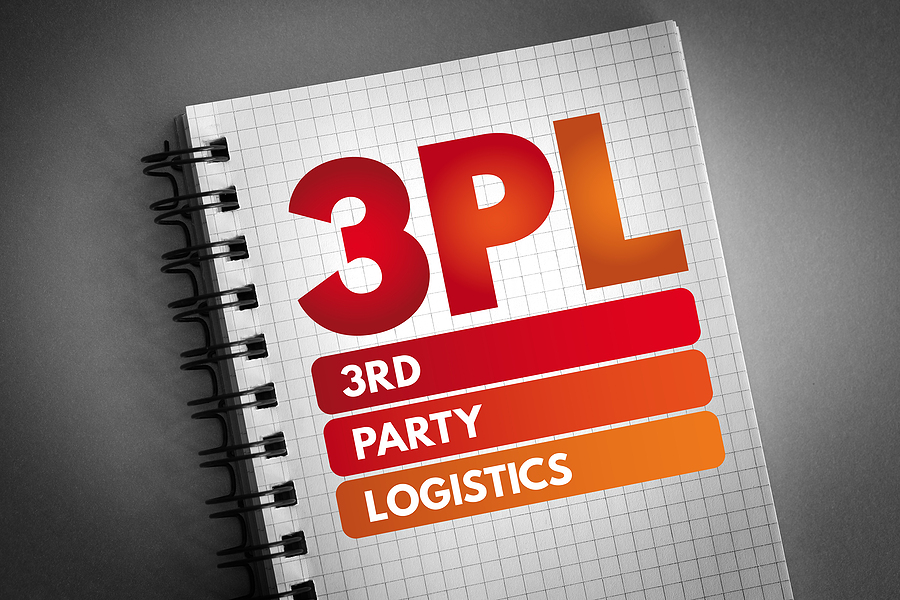Third-party logistics (3PL) providers are the last link in many supply chains. If any link in a supply chain breaks, customers will notice it and notice it quickly. A good or bad 3PL provider can have a huge impact on your company. How do you select the best 3PL provider for your needs?
Five Steps to Select Excellent Third-Party Logistics
3PL providers usually offer outsourced distribution, warehouse, and fulfillment services. To select the best one for your needs, follow these steps:
Step 1: Assess company needs
What is the reason behind your company’s decision to look for a new 3PL provider? Are you unhappy with the current provider? Is the company growing so fast that the current provider can’t keep up? Or are you looking to outsource this function instead of trying to build the infrastructure into your company? To start your search for a third-party logistics provider, begin with the final goal in mind. If your goal is to find a more dependable partner, you’ll want to focus your search on firms known for their excellent on-time delivery. If your company deals with specialized materials or goods, you may need a partner that specializes in your industry and has the right equipment and skills to store and ship items safely.
Step 2: Find 3PL providers with relevant industry experience
Many third-party logistics providers specialize in an industry or geographic area. It can be beneficial to start a relationship with a 3PL partner who understands the unique needs of your manufacturing sector and has successfully handled many common challenges the industry faces. Look at the providers your competitors are using, if possible, and send out an RFP (request for proposal) to compare responses.
Step 3: Prioritize reliability
A warehouse, distribution, and shipping partner must be, above all, reliable. Knowing that you can trust them to stock items carefully and correctly, ship orders quickly to your customers, and ensure goods are successfully moved is essential for a company’s healthy bottom line. When reviewing RFP responses, check on the references provided. Ask each reference key questions about the company’s reliability: Did they ship on time? If not, how did they handle it? Why was something late? Make up a list of questions and ask each potential 3PL partner the same questions so you can easily compare the responses.
Step 4: Decide whether to choose a single partner or multiple partners
You have a choice of using a single 3PL partner or outsourcing to multiple specialists. Maybe you want to keep your warehouse but outsource the distribution center. Any combination is possible but know that with more partners comes more complexity. You may need new computer systems to ensure supply chain visibility throughout all partner companies if you choose to split the logistics function across multiple vendors.
Step 5: Review technology needs
Do you have the systems needed to communicate with a single 3PL vendor or bridge across multiple vendors? Ask about the technology the logistics partner is using and whether it connects seamlessly with your current ERP. If it does not connect, can it be bridged, and if so, by what means? Consider the proposed solution as part of the RFP process. It can potentially add time and costs to the job.
Move Forward with Confidence
With these five steps, you can proceed with an RFP and choose the best 3PL vendor for your business. If you need help discerning or communicating your technology needs during this process—or discover that it’s time to upgrade your software—contact ASI or schedule your free consultation today.

